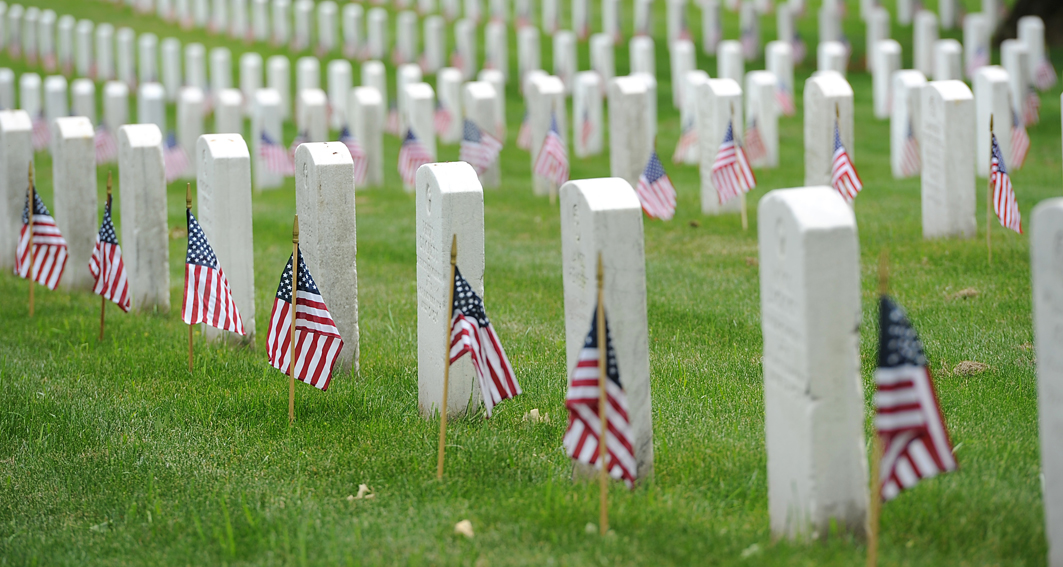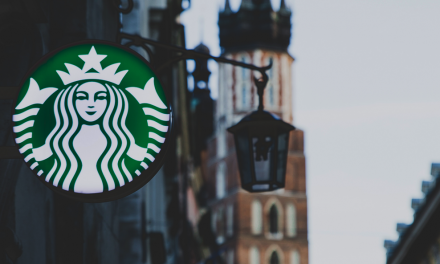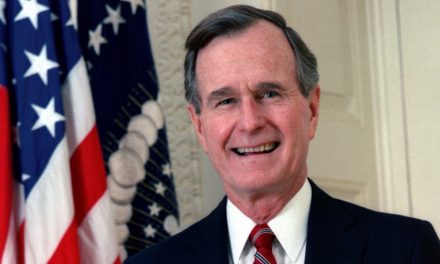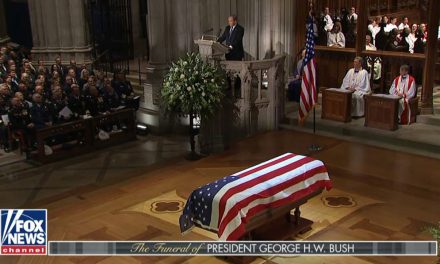“In great deeds, something abides.” – Joshua Lawrence Chamberlain
During some part of each Memorial Day weekend for the last quarter century, I have parked my car near the Federal Reserve on Constitution Avenue in Washington, and walked to the nearby Vietnam Memorial, the Abraham Lincoln Memorial, and then crossed the Memorial Bridge into northern Virginia to visit Arlington National Cemetery. Since its opening, I have added a visit to the World War II Memorial.
This will be my 26th year, and unfailingly, families from every part of our remarkable country will pour into our nation’s capital to make similar treks.
Why do we do this? What are we seeking?
The hero of Little Round Top at Gettysburg during the Civil War, quoted above, answers both these questions succinctly in a mere five words: We visit memorials and monuments and grave sites to honor the great sacrifices made in service to our nation’s freedom and security, revealing what Scott Fitzgerald said was a “willingness of the heart” that is uniquely American and goes to the very soul of our country.
My uncle’s name is on a majestic marble headstone in Arlington, a casualty of the Vietnam War. His name appears as one of six, surrounded by fellow soldiers who also paid the ultimate price in the then-secret war in Laos. His name is on the Vietnam Wall too, one of more than 57,000 Americans who perished in that conflict. Our eldest son took my father to Arlington in December to visit Uncle John’s grave. When I asked my father how he felt to be there, he said “Saint Louis [where my uncle was born] is a long way from Laos.” Just so.
When you visit the Vietnam Memorial, you slowly descend into the ground as you walk from one of end of the Wall to the other. This design was to aesthetically reveal that, year by year, as America’s involvement in the war got wider and wider, seemingly without end, the number of those fighting and dying grew larger and larger too.
It’s deeply affecting design, and it’s not uncommon to see family, friends, and war comrades etching names with pencils and paper from the wall, or leaving flowers and photos, or just staring at a name, trying to summon the words or emotions to match the moment.
Several years ago, I met a family from my home state of Indiana who had come to the Vietnam wall to remember their son and brother. Theirs was a large Catholic family from a relatively small town. None of them had been to the memorial before. One of the brothers was having a particularly difficult time of it, and it touched me deeply to see the family form a circle of hugs in the shadow of the name on the wall of the man they had come to remember and honor. I like to think he knew they were there. Great monuments have that impact.
After a few moments at the wall, I walk over to the gleaming Abraham Lincoln Memorial. On the way to honor the great man, I have made it a habit to stop at the spot where Dr. King delivered his “I have a dream” speech. I look out over the Reflecting Pool and the Washington Monument, and it never fails to bring a tear to my eye.
In the summer of 1985, I interned for the famed broadcast journalist Roger Mudd in Washington. He told me that, on the day of King’s great speech, Roger had been selected to cover it for CBS News. He said it was one of the greatest chapters of his professional life, and that King had selected the perfect spot for his remarks – in the shadow of Lincoln’s shared vision for a greater justice pleasing to Providence.
Once inside the memorial, I always read the Gettysburg Address, marveling that such a near-perfect mini-sermon could have been written and delivered with such eloquent brevity and power — the peer to any of the greatest of ancient Greek or Roman orations. Lincoln’s masterful cadence, echoing the King James Version of the Bible, is of Shakespearean filigree. And yet, years-on, it continues to touch the heart in deep places – “A new birth of freedom.”
Yet it is his brilliant Second Inaugural, on the wall opposite the Gettysburg Address, that is the near-matchless Memorial Day speech. Its erudition, conviction, and majesty is the summa of American presidential speeches, and it rapidly gets to the heart of what it means to be a great nation in both war and peace. It may never be equaled in the American experience because it almost mysteriously finds a way to honor the dead, the living, and the not-yet born.
Daniel Chester French’s statue is the finest rendering of Lincoln we have, or of any president: dignified, graceful, humane, a Commander in Chief of ballast and reserve – a man both in and out of time. 750,000 souls lost their lives in those four years, and a new nation emerged from its bloody and broken chrysalis.
The Memorial Bridge — directly behind the Lincoln Memorial, and crossing over the Potomac River to symbolize the lasting peace and reconciliation between the North and South after the Civil War – takes you almost immediately into Arlington Cemetery. The row upon row of white headstones, surround by the emerald-green lawn, is to me the ultimate, iconic image of Memorial Day weekend and the unofficial start to the American summer.
I always walk up to Arlington House, which was Robert E. Lee’s mansion, to take-in the best view of Washington, DC, across the river. Day or night, it is the view of views, and when you look down from that prominent promontory, you see the myriad memorials, monuments, and headstones that comprise a sheer kaleidoscope of heroes laid to their eternal rest.
Little American flags are placed at every gravesite at Arlington in preparation for Memorial Day weekend, a tradition known as “Flags In.” It is overseen by the U.S. Army’s ceremonial unit “The Old Guard” – 265,000 flags, row upon row, which are breathtaking in their red, white, and blue. It is a solemn field of patriots so worthy of our honor, respect, and universal gratitude. What valiant, courageous, gallant, and chivalric actions they bequeathed our nation. How can we ever repay them?
On my way back to Washington, I will make my final visit of the day to the World War II Memorial. 16 million Americans fought in that war but only 400,000 survive. By 2025, there will be less than 100,000. In just two weeks, the world will commemorate the 75th anniversary of the D-Day landings of June 6, 1944 and the famed 77-day battle for France which followed.
My uncle Carl, who has gone to heaven, was on Omaha Beach less than ten days after the Normandy landings. He vividly remembered the famed hedgerows and the smell of alternately acrid and salty air. He remembered much else but rarely discussed it.
Less than two weeks ago, we commemorated the anniversary of Victory in Europe Day. The Cloud of Witnesses surround us, and we dishonor them if we fail to remember.
Memorial Day is redolent of a widely patriotic America. The holiday arrives on cat’s paws just as the days are getting longer; the softer breezes are more common; the smell of a freshly turned earth gives us flowers abloom; and warmer weather signals the fragrance and aroma of backyard barbecues and the slowly, glowing hues of golden summertime sunsets.
Amid our bounty, if we will but take just a few precious moments or hours to remember that more than 80,000 Americans are still missing from our wars, or that countless others have fought, died, and sacrificed in untold ways, it seems to me we will more firmly and even better understand and grasp what our Lord and Savior meant when He told us with such elegance, simplicity, and power that “There is no greater love than this: to lay down his life for his friends.”
This is the meaning of Memorial Day.






